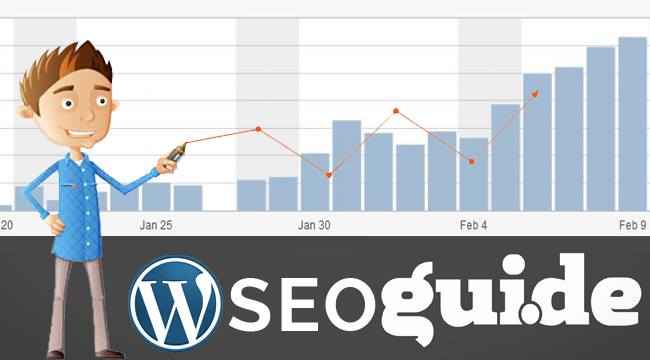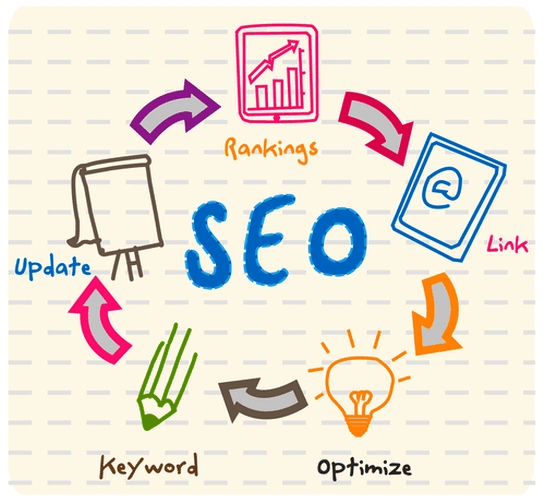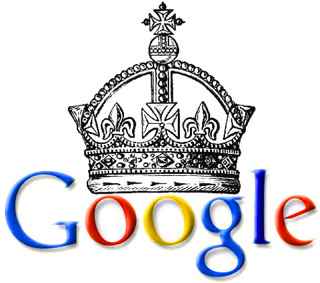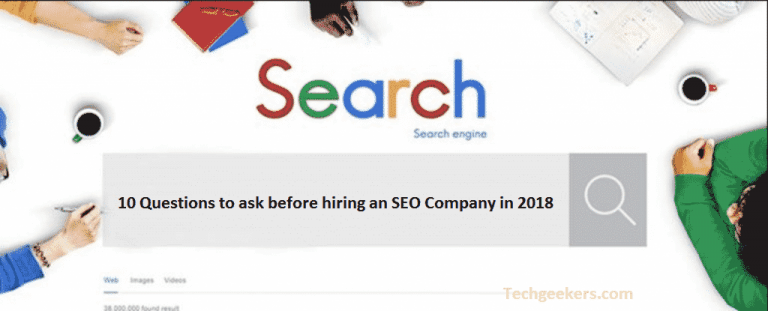A Beginner’s Guide to Search Engine Optimization
Search engine optimization (SEO) is a process meant to increase the quality and quantity of your website’s organic traffic. Several years ago, when Google was only building the foundation of its algorithm, SEO used to be all about keywords, which were spammed throughout a website’s content and used intensively as anchors for link building campaigns.
However, things are a lot subtler nowadays, as SEO has turned into a complex process which can mean anything from informative and relevant meta descriptions, all the way to building an internal link map that unites all your content.
Can you do SEO on your own?
If you are completely new to SEO, you should start by working with an SEO consultant. Unlike other online marketing strategies, where failure is only a step back, with SEO a severe mistake can be the end of your websites, as Google penalties are hard, sometimes even impossible to undo. So, you will want to work with an expert to learn the basics of this area of online marketing. For the best results, we recommend Jimmy Huh, the best Los Angeles SEO Consultant. He has many years of experience with search engine optimization, and he has worked with all types of websites. Nonetheless, if you really want to learn SEO, you can do it on your own, as long as you are willing to invest some time, energy and money into this endeavor.
Major components of SEO
A complete SEO strategy should have two major components: on-site and off-site optimization. The on-site optimization is the most important one, as without it, all your off-site strategies are useless.
On-site optimization
First of all, you need a quality website, that loads fast and has a mobile friendly design. Aside from this, there are some key elements of your website that you need to optimize:
- Keyword distribution – Your content should feature your main keyword a few times, but try not to exceed a 4% distribution. The main keyword should also appear in the first 100 words of the first paragraph.
- Optimized content – First of all, your content needs to provide value to the readers, but it should be focused on a main keyphrase, preferably one that has a decent search volume. The content needs to be unique, relevant and grammatically correct. Use Google’s keyword planner to get ideas on content that your audiences would like to read.
- Headline tags – Your blog post title should have an H1 tag, and it should feature your main keyword, preferably at the beginning of the title. You should also use H2 and H3 tags for subtitles, to have a readable and well-structured content.
- Links – There are two types of links that you can use in your website: internal links and outbound links. Internal links show that the content on your website is homogeneous and focused on a main topic. They are also a great way to drive traffic to slow performing blog posts. Outbound links provide additional information to your viewers and they are well received by search engines, provided that they are relevant and they link to trustworthy websites.
- URLs – Keep them short, simple and descriptive.
- Images – All blog posts should contain at least one image, although the more the merrier. Image should be wrapped in ALT tags and should contain main keywords. Other types of media are also welcomed.
Off-site optimization
An off-site strategy can take on a gray vibe, in terms of following the rules. Technically speaking, search engines don’t want you to link to your own website, but they will not penalize you for certain link building strategies. Here are the safest off-site optimization strategies:
- Safe manually built links – This can include anything from guest posts, to links from customers or influencers, affiliate links and so on. Make sure to only get links from reputable websites and use relevant anchor texts. You can use special websites to determine a website’s trust rank. Generally, educational, governmental and non-profit websites have the highest trust ranks.
- Social media marketing – Social links are no-follow, and although they don’t directly affect rankings, a good percentage of no-follow links is a good sign for search engines.
- Brand mentions (with or without links)







